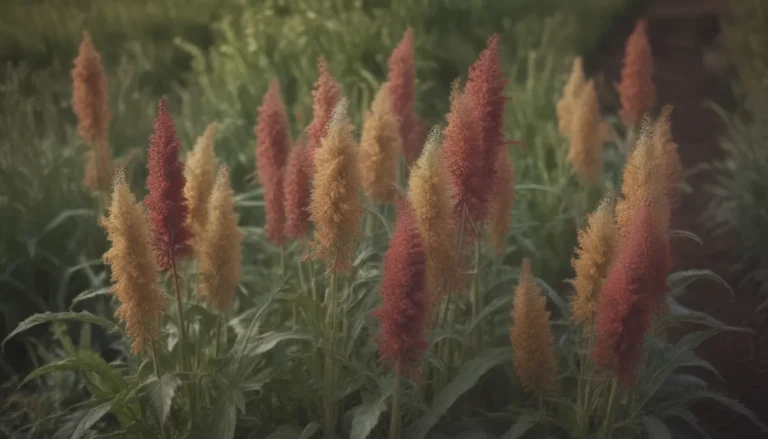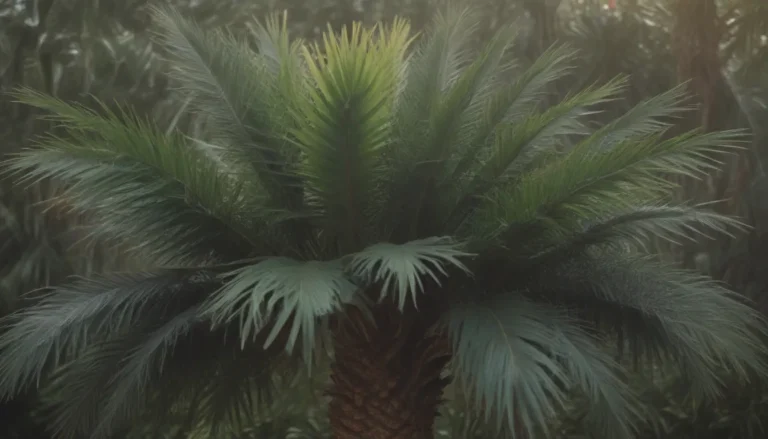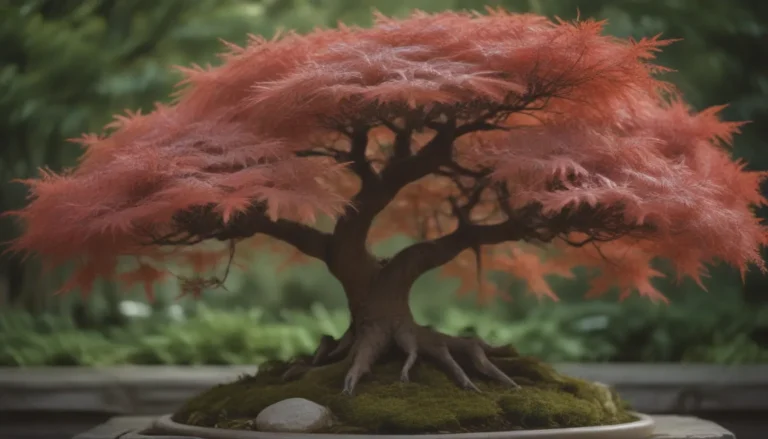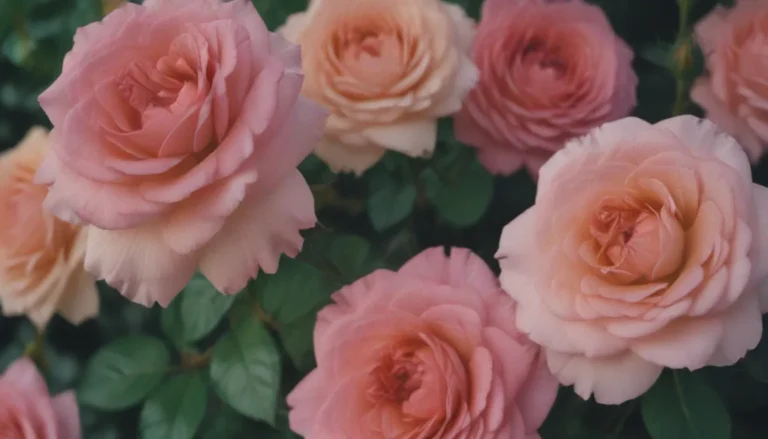Everything You Need to Know About Growing and Caring for Common Poppies
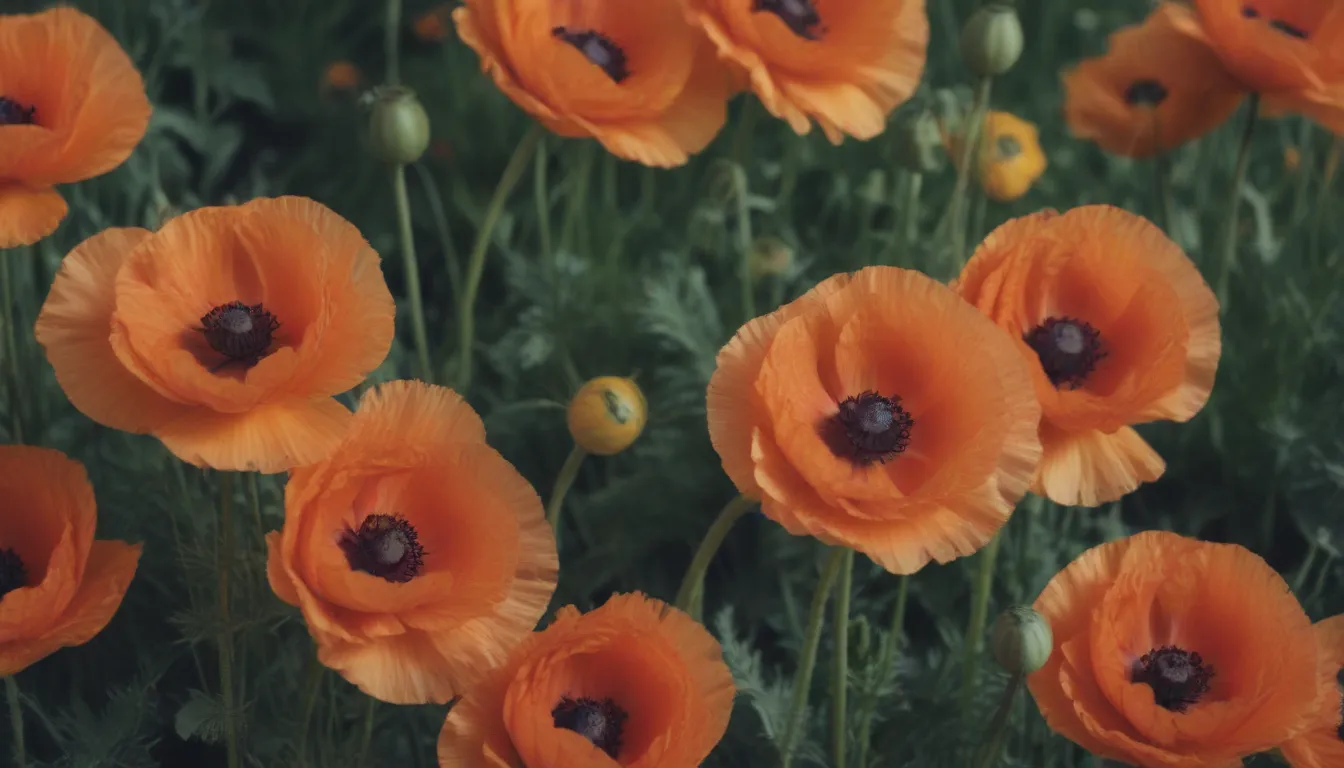
If you’re looking to add a vibrant splash of color to your garden, common poppies might just be the perfect choice for you. These annual wildflowers are not only known for their striking red blooms but also for their unique ability to lie dormant for up to 80 years, germinating only when the soil is disturbed. This fascinating characteristic has earned them the title of a symbol of remembrance, especially after World War I when they flourished in battlefields.
Whether you’re a seasoned gardener or a beginner looking to add some beauty to your yard, common poppies are a great choice due to their low-maintenance nature. In this comprehensive guide, we’ll walk you through everything you need to know about growing and caring for these lovely flowers.
What You Need to Know About Common Poppies
About Common Poppies:
- Scientific Name: Papaver rhoeas
- Blooming Period: Late spring through early summer
- Colors: Scarlet red, but hybrids can be yellow, orange, pink, and white
- Toxicity: All parts of the plant are toxic to dogs and cats
Common Poppy Care Tips
As mentioned earlier, common poppies are relatively easy to care for. Here are some essential care tips to help you grow healthy and beautiful poppies in your garden:
Light:
- Common poppies prefer full sun conditions with at least 6 hours of direct sunlight.
- They can adapt to partial shade but may not bloom as vigorously.
Soil:
- These plants are adaptable to various soil conditions as long as the soil is well-draining.
- For optimal growth in garden beds or borders, provide rich, well-draining soil.
Water:
- Once established, common poppies have minimal water needs.
- Avoid overwatering to prevent leggy stems; supplement with water during extended periods of drought.
Temperature and Humidity:
- Common poppies thrive in USDA zones 1 through 10.
- While the plants are not frost-tolerant, their seeds can withstand cold winters.
Fertilizer:
- Poppies generally do not require fertilization during the growing season.
- If you notice an abundance of foliage and few flowers, amend the soil with a phosphorus-rich fertilizer to encourage blooms.
Types of Common Poppies
While the red common poppy is the most well-known, there are several cultivars collectively known as the ‘Shirley poppy.’ Through selective breeding and hybridization, these poppies come in various colors, including pale pink, white, red, and blue. Some popular varieties in the United States include:
- Farmer John’s
- Angel’s Choir
- Sunset Dreams
- Flemish Antique
How to Grow Common Poppies From Seed
Common poppies are notable for their ability to self-seed in suitable conditions. Here’s how you can grow them from seed in your garden:
- Sow seeds in early spring after the ground thaws, covering them lightly with topsoil.
- Fall planting is also an option for earlier blooms.
- While starting seeds indoors is possible, direct sowing is often easier due to the plant’s sensitivity to transplanting.
Tips for Getting Common Poppies to Bloom
Common poppies are prolific bloomers, but you can further encourage flowering with these simple tips:
- Deadhead spent flowers regularly to prolong the blooming period.
Dealing With Common Pests and Diseases
While common poppies are relatively low-maintenance, they can still be susceptible to certain pests and diseases. Keep an eye out for aphids and powdery mildew, which can affect these plants. In terms of growing conditions, ensure they receive enough sunlight to thrive and avoid planting them in full shade, as this may hinder blooming.
Remember that although common poppies are not native to the United States, they are not considered invasive due to their modest spread. This makes them an excellent choice for gardeners looking to add a splash of color without worrying about aggressive growth.
In conclusion, common poppies are a fantastic addition to any garden, providing vibrant blooms with minimal effort. By following these care tips and tricks, you’ll be well on your way to growing healthy and beautiful poppies that will brighten up your outdoor space. So go ahead, plant some common poppies and enjoy their beauty in your garden!

